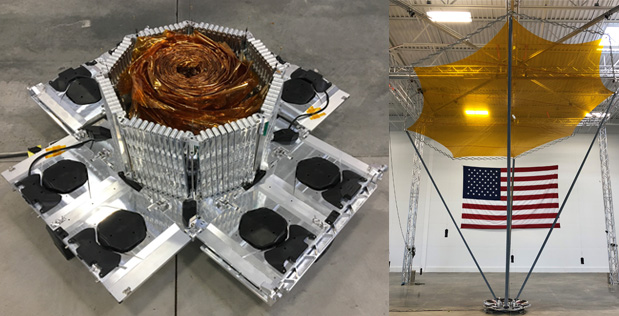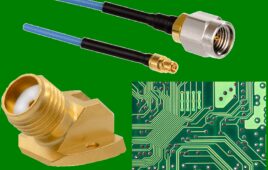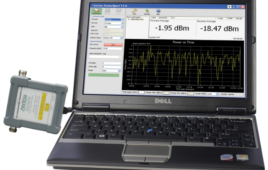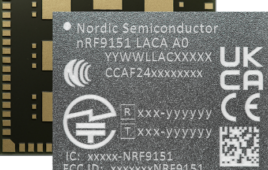Toward the end of February, DARPA will launch the Radio Frequency Risk Reduction Deployment Demonstration (R3D2) from the company’s complex on New Zealand’s Mahia Peninsula, space-qualifying a new type of membrane reflectarray antenna.
The antenna is made of a thin Kapton membrane, and when it reaches low-Earth orbit, it will stretch to a diameter of 2.25 m. During launch, however, it will be stowed tightly away.
The entire satellite production cycle, from design to launch, took 18 months.

(Image Source: DARPA)
“R3D2 will monitor antenna deployment dynamics, survivability, and radio frequency (RF) characteristics of a membrane antenna in low-Earth orbit. The antenna could enable multiple missions, that currently require large satellites, to include high data rate communications to disadvantaged users on the ground,” according to DARPA.
In addition, DARPA notes if all goes well, R3D2 can “help prove out a smaller, faster-to-launch, and lower cost capability,” and thus, enable companies to use smaller and less expensive launch vehicles.
“The Department of Defense has prioritized rapid acquisition of small satellite and launch capabilities. By relying on commercial acquisition practices, DARPA streamlined the R3D2 mission from conception through launch services acquisition,” says Fred Kennedy, director of DARPA’s Tactical Technology Office. “This mission could help validate emerging concepts for a resilient sensor and data transport layer in low-Earth orbit—a capability that does not exist today, but one which could revolutionize global communications by laying the groundwork for a space-based internet.”
R3D2’s spacecraft bus was provided by Blue Canyon Technologies, and Trident Systems was responsible for the software-defined radio. Since R3D2 will launch on a Rocket Lab USA Electron rocket, Rocket Lab will provide a live stream during the launch window.




